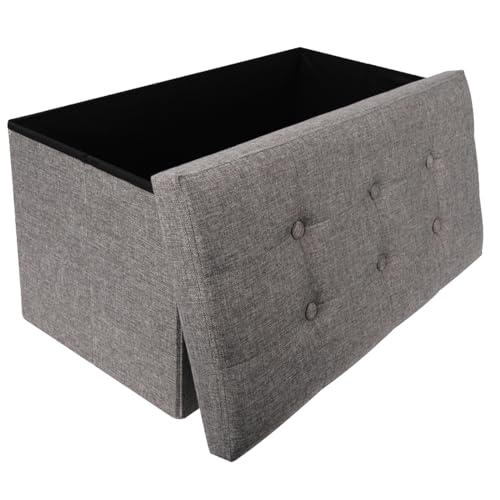The Origins of Ottomans
When discussing the history of ottomans, it’s important to understand their origins. The ottoman, also known as a footstool or pouf, has a long and rich history that dates back centuries. The term “ottoman” actually comes from the Ottoman Empire, which was one of the most significant and influential empires in history. The ottoman, as we know it today, has evolved from its humble beginnings in the Middle East to become a popular piece of furniture around the world.
Ancient Roots of Ottomans
The concept of using a cushioned seat for comfort and relaxation dates back to ancient times. The ancient Egyptians, for example, used low stools with cushioned tops as seating. These early versions of footstools were often made from wood and covered with fabric or leather.
It wasn’t until the Ottoman Empire that footstools truly began to take shape. The Ottomans, who ruled a vast empire that stretched across three continents, had a particular fondness for luxury and comfort. As a result, they developed a unique style of footstool that featured elaborate designs and luxurious materials.
The Ottoman Empire and Its Influence
The Ottoman Empire, which existed from the 13th century until the early 20th century, was known for its opulent palaces and grandiose architecture. The Ottomans developed a distinct style of furniture, including the now-famous ottoman footstool.
During this time, ottomans were often used by the ruling class as a symbol of wealth and power. They were typically made from high-quality materials such as silk, velvet, and brocade, and were adorned with intricate embroidery and gold thread. These ornate ottomans were often used as thrones or ceremonial seats during important events.
The Spread of Ottomans to Europe
In the 17th century, ottomans began to spread to Europe through trade and cultural exchange. European nobility and aristocracy quickly embraced the ottoman as a fashionable and comfortable piece of furniture. The ottoman became particularly popular in France, where it was known as the “ottomane.”
As the ottoman gained popularity in Europe, it began to evolve in terms of design and functionality. European craftsmen began to experiment with different materials and upholstery techniques to create unique and innovative ottomans.
Ottomans in the Modern World
Today, the ottoman has become a staple in households around the world. Ottomans are valued for their versatility, as they can be used as a footrest, extra seating, or even as a coffee table when paired with a tray. They come in a variety of styles, materials, and sizes to suit different tastes and needs.
Although the ottoman has evolved over time, it still retains its association with luxury and comfort. Modern ottomans are often made from durable materials such as leather or fabric, and can be customized to fit in with any decor style.
In conclusion, the history of ottomans is closely tied to the Ottoman Empire and its love for luxury and comfort. From its ancient roots to its spread to Europe and its modern-day popularity, the ottoman continues to be a beloved piece of furniture that adds both style and functionality to any space.






